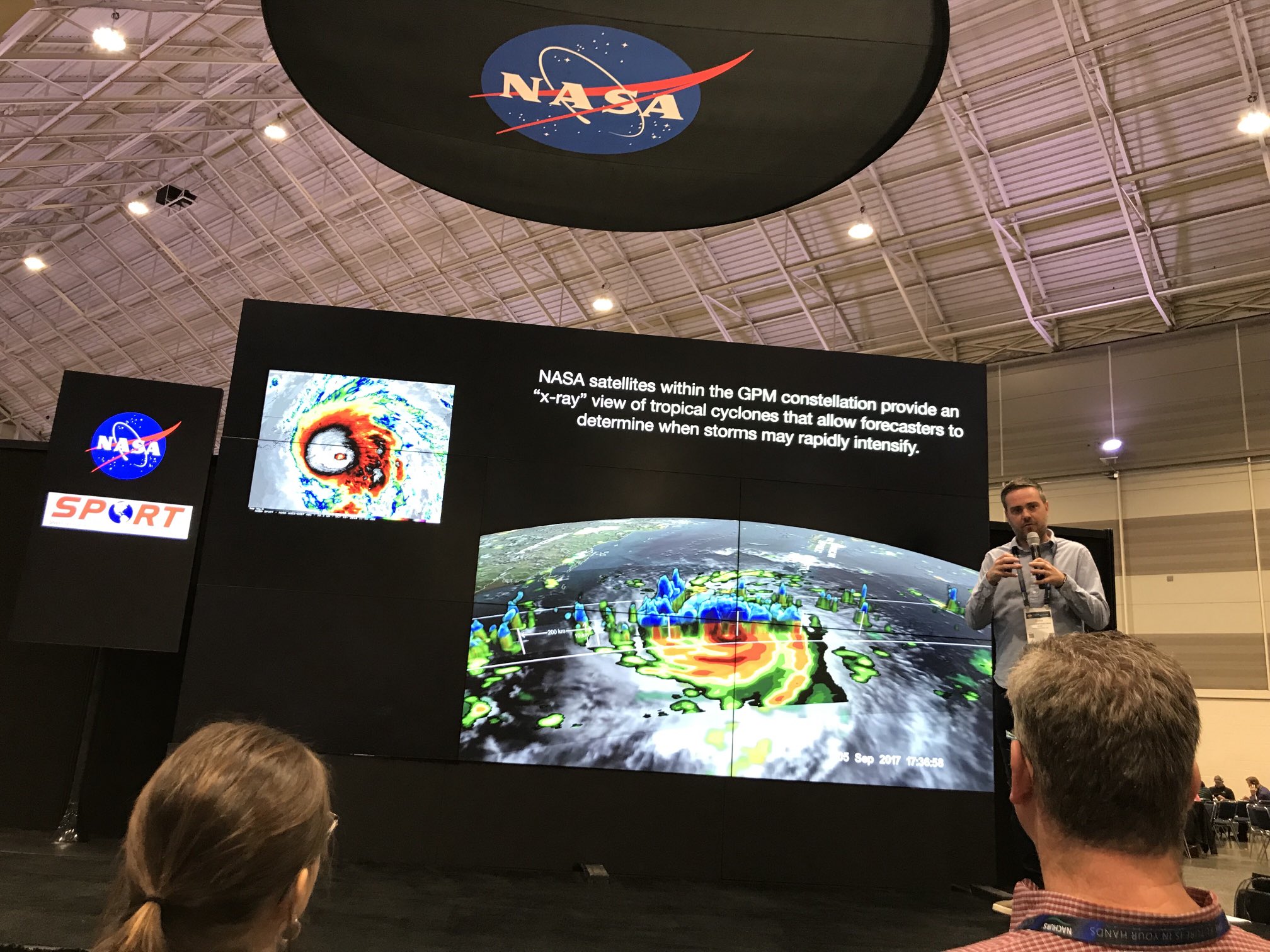NASA and farming? Not your everyday combination.
A new space-age technology for agriculture is here. GEO-CropSim is a “useful decision-making tool to help monitor and improve crop production while simultaneously analyzing water consumption.” Developed by NASA Harvest in partnership with the USDA Agricultural Research Service, GEO-CropSim aims to help inform ag policy and management decisions at scale through granular data.
How does it work? GEO-CropSim uses a combination of process modeling and remote sensing.
- Process modeling uses known variables such as management practices (e.g. fertilizer application or irrigated vs. non-irrigated), plus climate and soil data, to build crop simulations.
- Remote sensing is where NASA comes in. Satellite imagery is collected to inform leaf area index, water content in plants, and land temperature.
GEO-CropSim combines data from these two methods for an accurate picture of yield and crop conditions.
Why GEO-CropSim is important: As global food insecurity continues to rise with the booming population, it is crucial to identify geographies with struggling agricultural production. Additionally, droughts and decreasing global water resources can have serious effects on major ag nations such as the U.S., Brazil, and Ukraine. Identification and measurement of these variables can provide helpful, usable data.
Accuracy matters. Sharp yield simulations can help inform everything from crop insurance and land rental agreements to agricultural policies. So, having access to more robust, accurate data could be out of this world.

